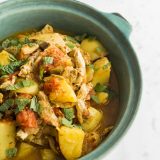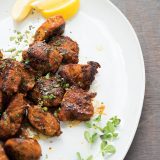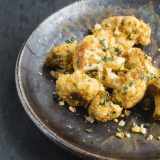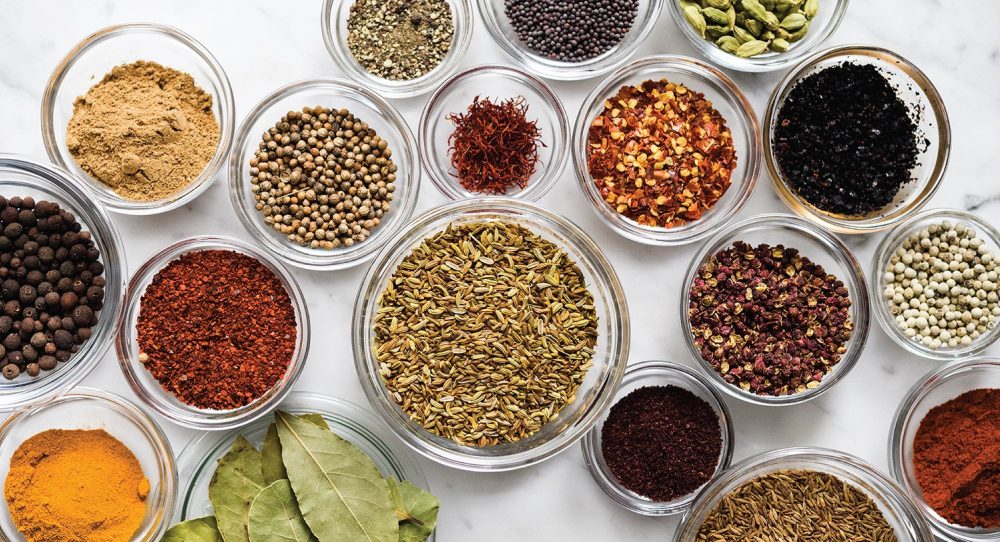Nothing improves the flavor of your cooking faster than spices, so much so that we’re partial to using them by the tablespoon rather than the pinch. The key is knowing how and when to unlock their aromas.
When you crack or grind raw spices, you are unlocking aroma compounds that already present, not creating new ones. Sometimes a dish calls for the fresh simplicity of raw spices. In this case, cracking whole seeds or grinding them finely is the best decision. Other times, a dish is enhanced best with the complicated, richer aromas of toasted or bloomed whole spices.
That’s because particle size matters. Whole and ground spices truly do accomplish different things in a dish.
Here’s our guide on when to use ground or whole spices, but for a deeper dive, check out our free self-paced online course, The Spice Kitchen. Or for more about how to choose and use spices join us for our Spices: Everything You Need to Know virtual cooking class on April 19.
When to Use Whole Spices
When left whole, spices suffuse a dish with mild, gentle flavor. Consider how a cinnamon stick or a few pods of star anise impart warmth and aroma to a meaty braise (just be sure to remove them before serving the dish).
Additionally, you’ll want to use whole spices when you want the discreet flavor of an actual spice to pop in a dish and when you want a brighter flavor from a spice. We learned this in South Africa when we made a Cape Malay curry. Made with whole spices, it’s bright and fresh. The same curry made with ground spices was dull and muddled.
Be sure that the spices are edible. Allspice, peppercorns and coriander, for instance, are small but not pleasant to eat, so they can be cracked or coarsely ground to be more palatable, as we do in these Cracked Potatoes with Vermouth, Coriander and Fennel.
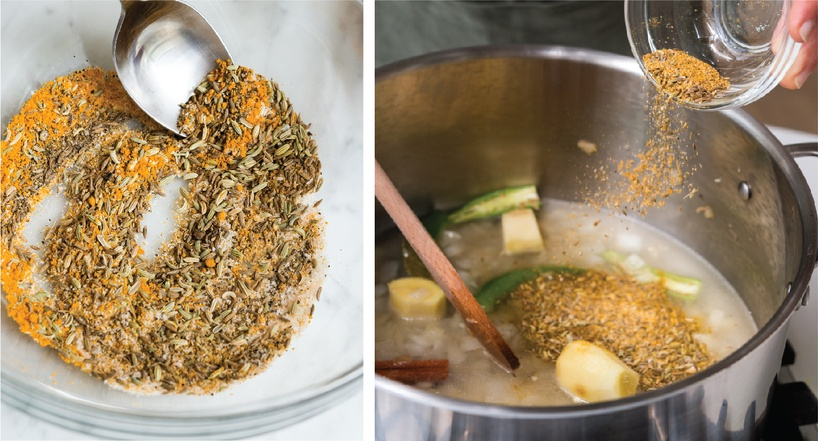
When to Use Ground Spices
Use ground spices when you want a flavor to blend into the foundation of a whole dish. Think of Indian curries or Mexican moles, where the spices blend to form a unified whole.
Nimco Mahamud-Hassan taught us this trick by turning the ground spice blend berbere into a piquant paste by adding lime juice. When stirred into her Somali Chicken Soup, it evenly dispersed a very bright, warm, midly spicy flavor throughtout the brith. We also demonstrate this technique in our recipe for Brown Butter-Cardamom Banana Bread or the Spanish pork tapa Pinchos Morunos.
But there’s also middle ground. Coarsely grinding spices so they’re broken down but not a powder give the final dish layers of flavor that are semi-integrated. Some bites will taste of the blend and some will taste more of one spice or another. At Milk Street, sometimes we do that on purpose because we’re always looking for ways to add contrast to our recipes, as in our Roasted Cauliflower with Tahini and Dukkah.
For the fullest flavor, whole spices can be toasted in a hot skillet to coax out their volatile oils, then ground.
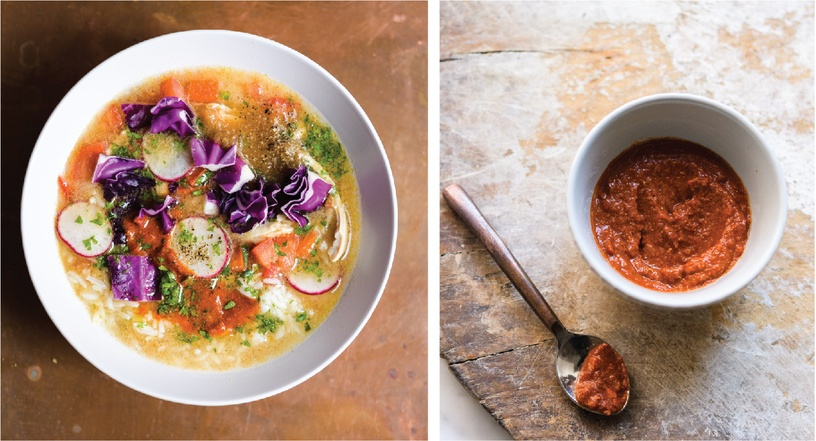
What’s the Best Way to Grind Spices
There are many ways to grind spices, but the tool you use depends on the quantity and grind you want. For large batches of coarse spice blends, a few pulses in a food processor will get the job done fast (a food processor, however, won’t render small spices to powder). But most of the time, you’ll be working in smaller quantities.
The easiest and least expensive is to use an electric coffee mill, though you will need to have two, one for coffee and and one for your spices so they don’t mix. Shake it up and down while it’s turned on so the spices mix nicely and are ground evenly.
Even when grinding spices, we like to leave a little bit of texture, so manually doing so adds that level of control. One option is the cast-iron Skeppshult Spice Mill. The hand-held grinder has a very rough interior surface and is designed so ingredients stay in place while they’re being crushed. Plus the hollow top provides space for your leftovers for next time.
Alternatively, a stone mortar and pestle is a fantastic option like this granite one from ChefSofi. The rough stone interior allows for the most customizable grind, and it’s a tool that works for more than just one purpose. “When you grind, use gravity first. You drop the pestle down to crush and then move it around,,” says Milk Street Founder Christopher Kimball. “The does a great job and you can use it for lots of other things as well, like small batches of sauces and pesto.”
Tips for Sourcing Spices
Strong-flavored spices begin with sourcing. Spices come from far-flung spots around the globe and may be a year or two old by the time they hit the shelves. That’s why we strongly recommend buying whole spices in small quantities from reputable sources and grinding them as you need them. Some spices, like turmeric and ginger, you will always buy ground since the whole form is difficult to grind at home.
At the Milk Street Store, we source our own line of spices from reputable, fair-trade suppliers and partner with premium single-source spice companies like Burlap & Barrel, Pure Indian Foods and Rumi. Find our entire spice collection here.
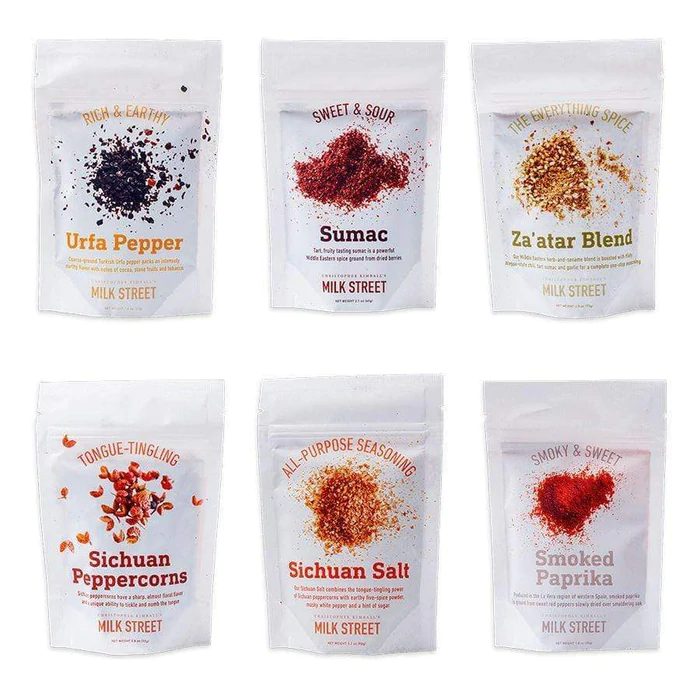
How to Store Spices
Store your spices in airtight containers away from heat and light. It is best to store them whole and toast and grind them in small batches to use over a short period of time. If there is a blend of spices you use often, go ahead and premix them and store them in a container ready to use. This will save you time when you're cooking: you'll only have to open one jar and not three or four.
Spices do lose their potency over time and eventually will no longer be much use in a recipe. However, before you throw any spice away, toast it in a dry skillet. If it gets aromatic, go ahead and use it. Buying spices in small quantities will help you use them up quickly.
Join the conversation on Facebook, Twitter, Instagram and Pinterest
And if you're looking for more Milk Street, check out our livestream cooking classes with our favorite chefs, home cooks and friends for global recipes, cooking methods and more.
